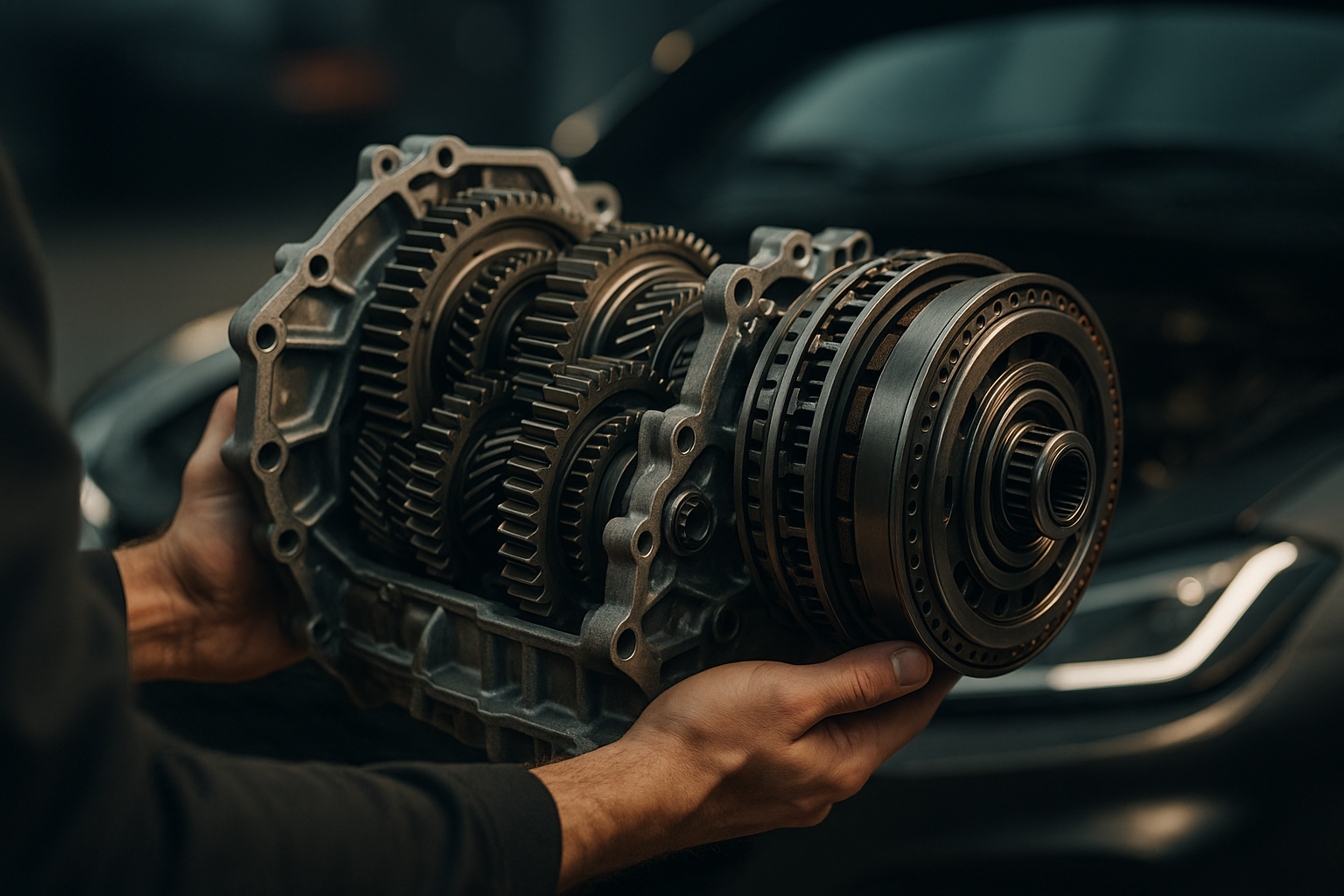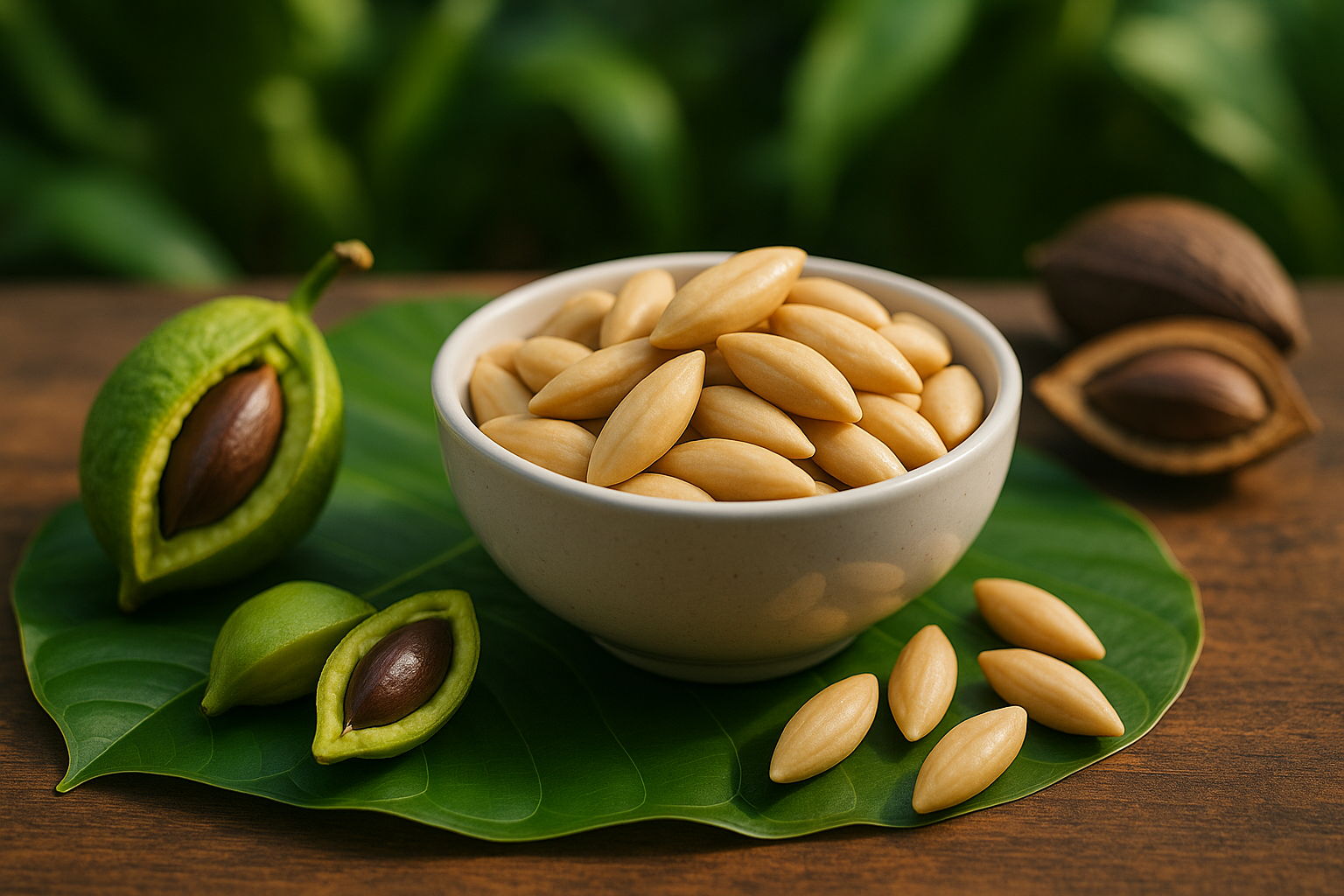Unraveling the Intricacies of Dual Clutch Transmission
The automotive world continually evolves with technological advancements that push the boundaries of what is possible. One such marvel, often overlooked, is the dual clutch transmission (DCT). This piece explores the fascinating engineering behind DCTs, their impact on driving performance, and the challenges inherent in their design and execution.

Unraveling the Genius of Dual Clutch Transmissions
In a world of flamboyantly advertised horsepower and torque figures, the unsung hero that ensures these raw powers are efficiently put to use is the transmission. Among the most advanced variants of this essential vehicle component is the dual clutch transmission. Employing two separate clutches for odd and even gear sets, DCTs offer seamless gear changes and performance enhancements that have made them a popular choice in both high-performance and everyday vehicles.
The Evolution of Dual Clutch Transmission
Dual clutch transmissions trace their roots back to the late 1930s, when French engineer Adolphe Kégresse first conceptualized the design. However, it wasn’t until the 1980s that Porsche, in collaboration with Audi, brought the first DCT, named “Porsche Doppelkupplung,” to the market in their race car, the 956. Since then, DCTs have evolved significantly, with continuous technological advancements enhancing their efficiency, performance, and reliability.
The Current Landscape and Future Projections
Today, dual clutch transmissions are not exclusive to high-performance vehicles. They have found their way into various segments, from compact cars to SUVs. This widespread adoption is due to their ability to combine the convenience of automatic transmissions with the efficiency and performance of manual transmissions.
However, the DCT landscape is not without challenges. The complexity of their design and operation often leads to higher manufacturing costs and potential reliability issues. Moreover, as the automotive industry leans towards electrification, the relevance of traditional transmission systems, including DCTs, is being questioned.
The Impact of Dual Clutch Transmissions
The impact of dual clutch transmissions on driving dynamics is profound. By enabling almost instantaneous gear changes, they significantly improve acceleration and fuel efficiency. Furthermore, their ability to pre-select gears reduces the power loss commonly associated with automatic transmissions, providing a sportier driving experience.
However, the complexity of DCTs can also lead to some drawbacks. For instance, they may exhibit “clutch chatter” at low speeds and can be more expensive to repair and maintain due to their intricate design.
The Dual Clutch Transmission - A Mechanical Marvel
In conclusion, the dual clutch transmission represents a pinnacle of automotive engineering, offering a blend of performance and efficiency that few other transmission types can match. Despite the challenges and the looming threat of obsolescence in the face of electric drivetrains, DCTs continue to play a crucial role in the automotive world, delivering a unique driving experience that is both exhilarating and efficient. As technological advancements continue, it will be interesting to see how DCTs evolve to keep pace with the ever-changing automotive landscape.




